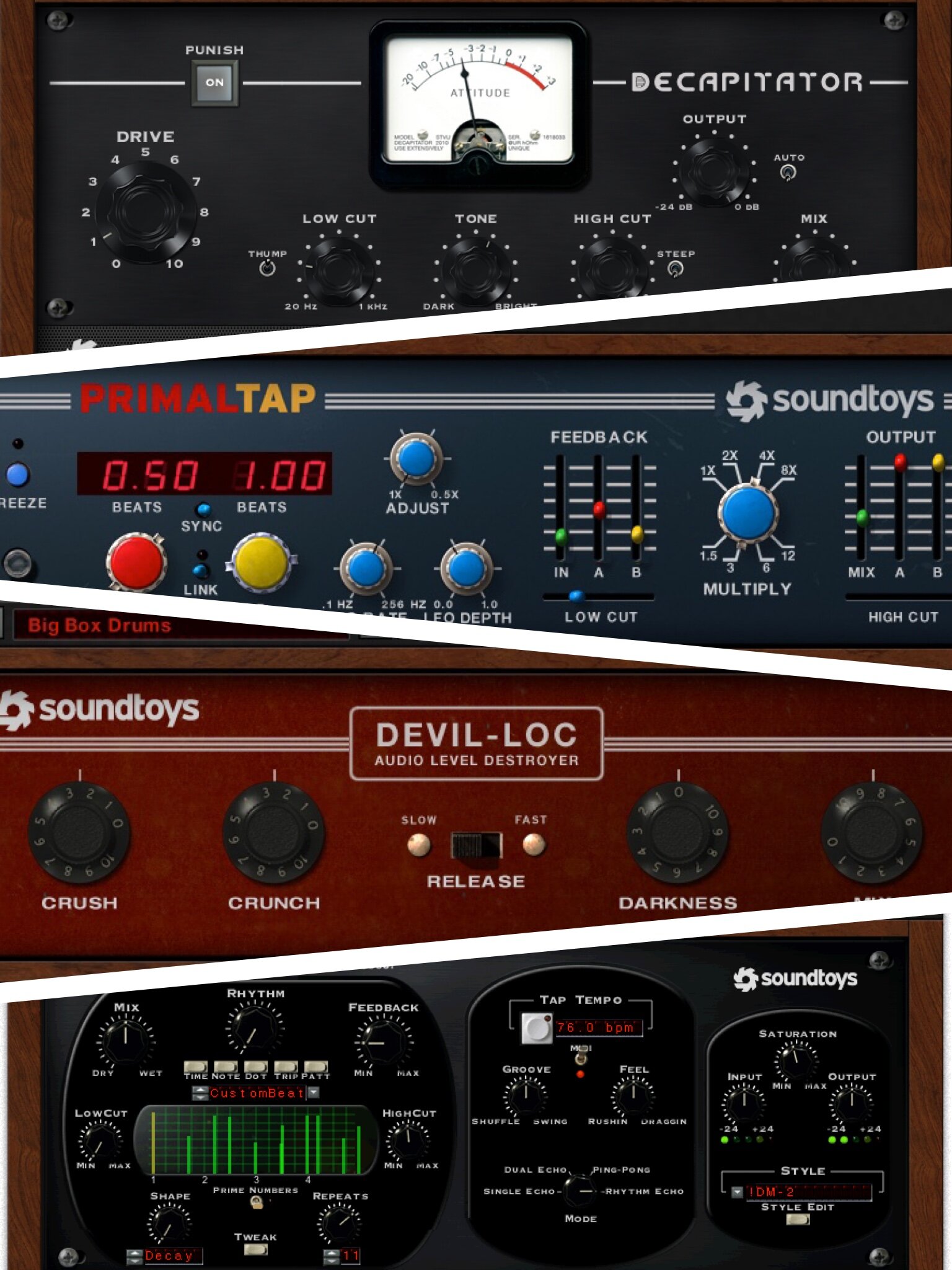Disaster Area Designs Solderless Cables
Solderless cables are not a new concept. They’ve been around for a few decades. George Ls were the first brand I was introduced to.
I tried George Ls a number of times but they’ve always been unreliable. I would make some and put a pedalboard together, only to have cables fail on a gig.
They were never a long-term solution. Not on a pedalboard where all the pedals stay fixed. Nor for a modular pedalboard where I swap pedals out.
I remembering experiencing gig panic when I started a song and no sound came out of my rig. Because my pedals were in a chain rather then a true bypass looper, it was difficult to locate the problem and difficult to fix.
This is not what you want to experience on a gig. Having to get down on your knees and hunt for a bad cable is a mojo killer.
After having this experience on several gigs, I bailed on solderless cables—even though I preferred the tone. I can’t have reliability issues on stage.
Then a fellow guitarist recently recommended I try Disaster Area Designs Solderless Cables. Because of my experience with George Ls—great sound but unreliable—I was skeptical.
But my friend insisted these were different.
I placed an order, made some cables (they were far easier to assemble then George Ls), and wired my pedalboard.
The first tone test passed with flying colors. I really like the sound of Disaster Area cables—not clouded and no loss of high-end detail.
Some guitar players don’t mind the high-end roll-off that occurs with certain cables or with long cable runs, but I do. I ‘m very particular about every part of my chain.
Durability Test
The next test was going to take more time. I would use them on a series of gigs and swap pedals out on my board.
I quickly put my new cables to work. A year later, not one cable has failed.
This is really impressive! It’s something I never achieved with George Ls.
I’ve definitely put the the Disaster Area Designs Solderless Cables through their paces. I’ve toured all over and used them in many high-pressure situations like live TV and and radio tapings. I can definitely rely on them.
They’ve become my preferred cable. They win on all counts: tone, durability, ease of use.
Pre-Made Cables
The problem with pre-made patch cables is the size of the right angle jacks.
They tend to be big and don’t allow you to squeeze pedals together on a congested board.
“The Disaster Area cable jacks are really small, allowing you to tightly place pedals together, even when the jacks are on the sides. ”
The Disaster Area cable jacks are really small, allowing you to tightly place pedals together, even when the jacks are on the sides.
The cable itself is quite flexible. This makes snaking the cables around your board very easy.
Assembly
I won’t exaggerate and say I have a perfect record when it comes to assembling Disaster Area Solderless Cables.
Others may have a higher success rate. I’d say mine is about 80%.
For the record, I’m not the most mechanically inclined. If you see me with a screw driver around the apartment, worry. It’s likely something will end up more broken than when I began.
Set screw assembly for Disaster Cable
That said, my success rate with Disaster Area Designs cables is much higher than with George Ls.
They’re fairly easy to put together. Their design is more stable, too. George Ls jacks can come loose. But Disaster Area jacks have a set screw design that keeps the cable jack tight. I haven’t had a jack come loose on me yet!
You don’t need a lot of tools to assemble Disaster Area Designs cables. A small screwdriver (which comes with the cables) and wire cutters.
Stock Pile
I’ve been buying Disaster Area Solderless Cable packages over time and making a series of different cable lengths.
This saves me time when I’m assembling a modular pedalboard. I’m always swapping out pedals on my board, depending on the gig.
True Bypass Looper
That means I’m constantly changing the number of pedals and their routing. Sometimes I use a true bypass looper so that my pedal changes are accessible from one location. As opposed to dancing all over my pedalboard.
I’ve made cables in about five different lengths, from super short to the entire length of my pedalboard.
This allows me to put a board together pretty quickly. If you’re the kind of person who always keeps the same board, you can cut each cable to length and commit.
Room to Spare
One thing worth mentioning. Until you get the hang of assembling Disaster Area Solderless Cables, I recommend you cut the cables a tad longer than you need.
“You can buy Disaster Area Designs EVO Solderless Cable Kits, which come in three different packages. Or you can purchase their cable and jacks in bulk.”
I’ve messed up a few cables and had to cut a small amount off to try again. This obviously results in a shorter cable. If you’re using exact measurements and have to cut off small amounts like I do, your cable will be too short.
You can buy Disaster Area Designs EVO Solderless Cable Kits, which come in three different packages. Or you can purchase their cable and jacks in bulk.
Other Offerings
In the past couple of years there have been a few other offerings in Solderless cables. I still prefer Disaster Area cables for their tone.
Plus, they’re a small business. When I can, I support small businesses.
You might be interested in another blog I’ve written on the differences in tone from various guitar cables.











